Biscuit porcelain: what it is, application and properties
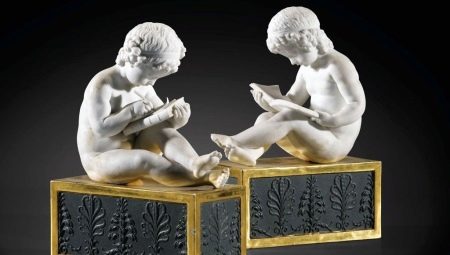
Porcelain is a very popular type of ceramics, thanks to its snow-white color, as well as subtlety and grace. It is ideal for making tableware and various decorative items and ornaments. Biscuit porcelain - this is the name of a popular variety, which belongs to the hard type.
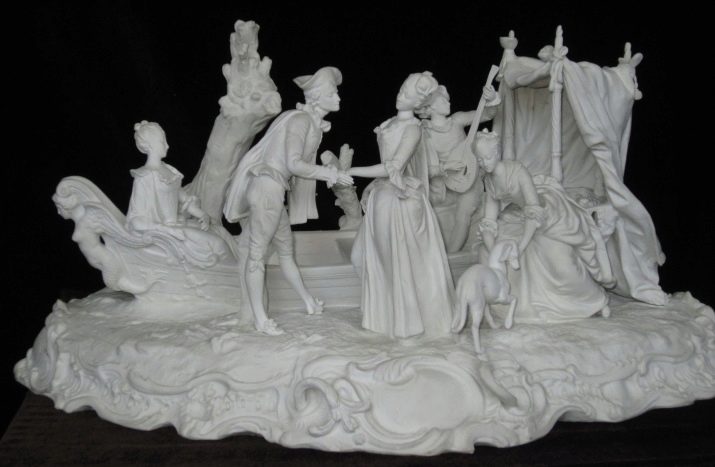
Peculiarities
Biscuit china is often used to create velvety surfaces that are ideal for making human figures. The name of this species comes from the word "bis", which translates as "two" or "double". This name is due to its production technology.
The biscuit is uncoated and once or twice fired porcelain. If before it was always fired twice, which is why the name appeared, then modern production technologies provide for only one heat treatment.
If a ceramic product has undergone processing at a temperature of 800-1000 C, then in a broad sense it can be considered biscuit porcelain. As a result of this effect, the porcelain becomes very strong and heavy.however, a porous material. The material can then be fired again, and it can also be sanded or glazed. But, as a rule, figurines and dishes made of such material are not glazed.
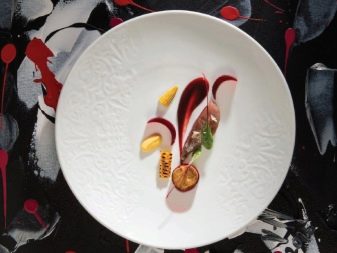

A bit of history
France is considered the birthplace of biscuit porcelain, thanks to the French artist Boucher. His work shaped a distinct French style and made biscuit a popular material. Since the middle of the 18th century, the products of the masters from the city of Sèvres began to gain popularity, which were made from both biscuit and glazed porcelain. As a rule, the items were made in a floral theme.
During the period of popularity of classicism, biscuits became an important part of home decoration.
Porcelain was used to make elements for furniture, dishes, sets, sculptures and other compositions.
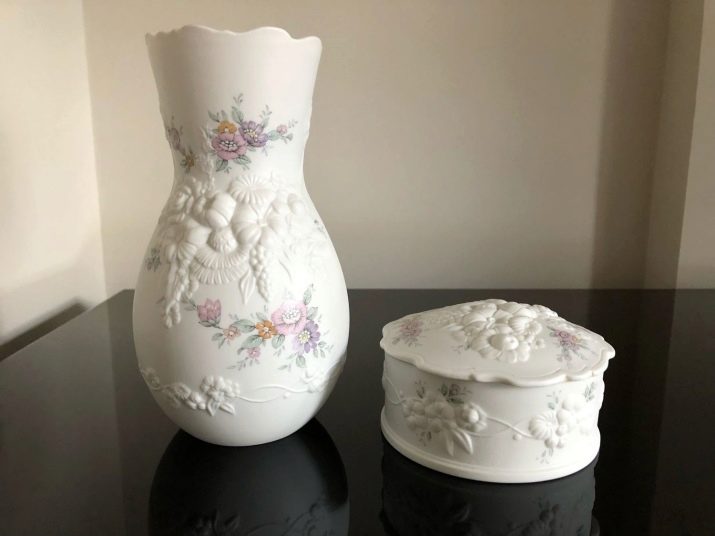
Areas of use
This material is not very good for making household utensils, since the porous surface easily absorbs liquid. But it is perfect for other areas.
- A special type of biscuit - tinted porcelain - is great for making faces and other body parts for dolls.
- It is used to create various masks.
- You can often find figurines, ornaments, sculptures and other decorative items for the home. Such products do not need protection and retain their presentable appearance for a long time.
- Tableware is sometimes made from biscuit. However, it is not used in everyday life; it serves solely as an interior decoration.
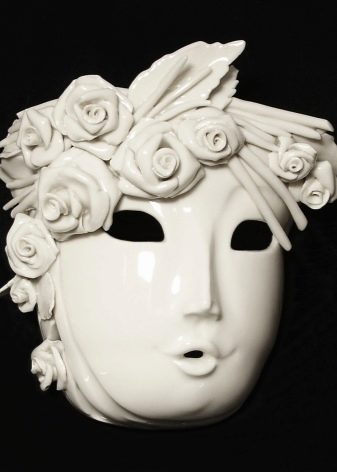
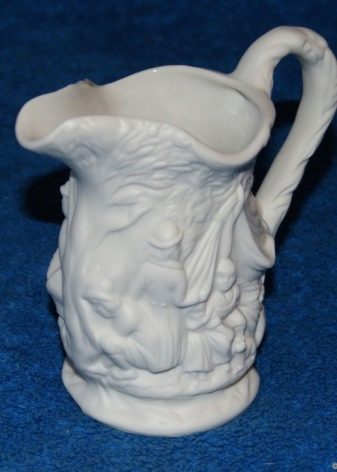
Styles and design
Classicism
Biscuit china has a white, slightly irregular matte surface that makes it look like marble. In the 18th century, classicism developed in Russia, based on ancient art. The classicism of the time of Catherine II significantly influenced the development of the production of porcelain products. Sculptor J. D. Rachette supervised the creation of sculptures and figurines depicting Catherine II and members of the royal family.
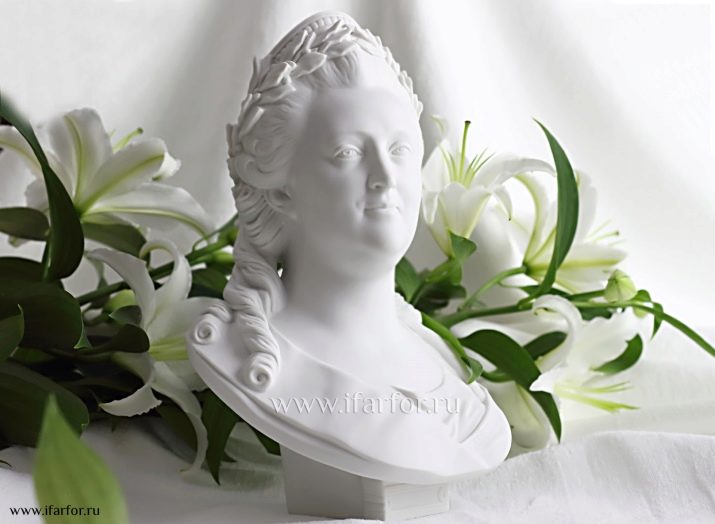
"Living" porcelain
At the beginning of the 19th century, floral decorations were in vogue. Biscuit flowers have gained particular popularity; whole compositions on plates were made of them. However, the secret of making such compositions has been lost.
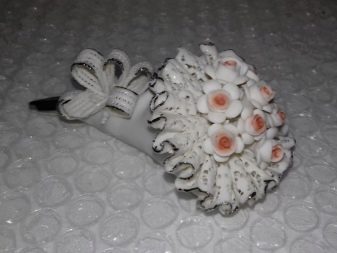

Ballet in biscuit china
Biscuit perfectly conveys airiness and lightness, therefore the ballet theme is very relevant for figurines made from this material. It was used to make statuettes of various famous artists, for example, Nikolai Tsiskaridze, Tamara Karsavina, Galina Ulanova.
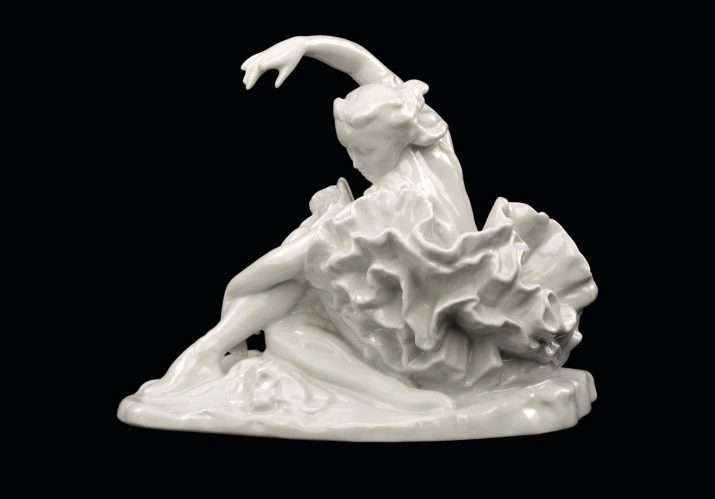
Dolls
For the first time, a biscuit doll was made in the 1860s in France. They gradually became fashionable, and in the early 1900s, this material became the main material for the manufacture of dolls, especially for the manufacture of the head.
It is important to note that in order to call a doll made of biscuit, it is enough that its head is made of this material. The torso is usually made from other materials, since bisque china is fragile and quite heavy.
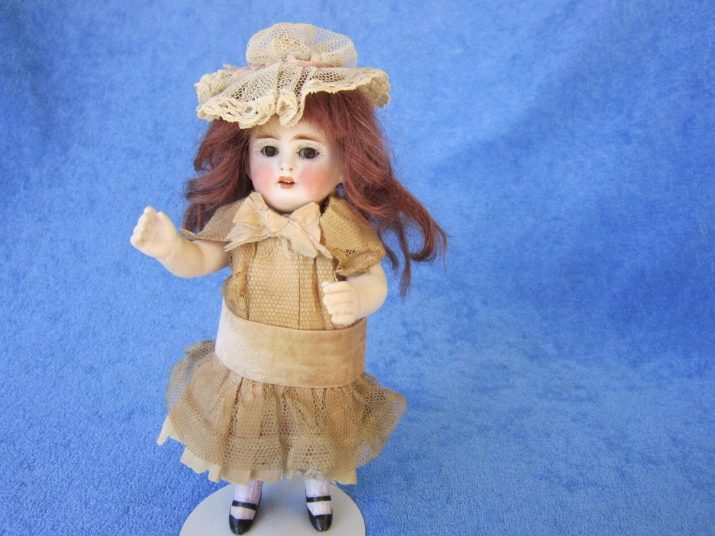
You can take a closer look at biscuit porcelain in the video below.






